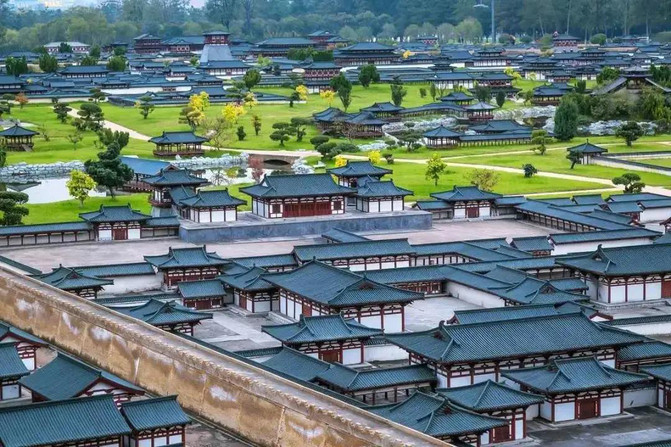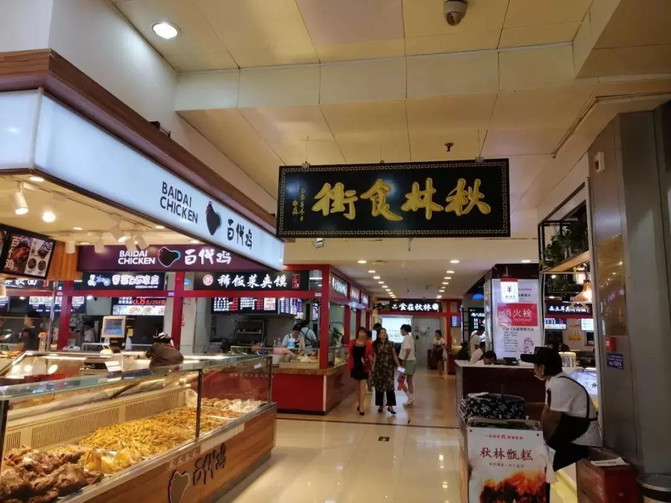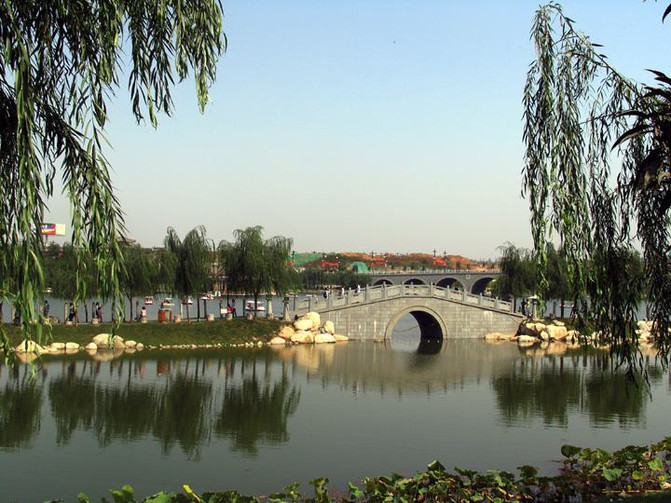Why can't I take the No. 22 bus late at night? Xi'an tourism "mysterious rumor": you can't leave if you sit on it
It is said that public transportation is the blood vessel of a city. The best way to understand a city is to sit on a slightly bumpy bus, listen to the most authentic local dialect, and immerse yourself in the strong smell of fireworks. The No. 22 bus on the road of "Xi'an History and Culture" connects the main lines of the two major ruins parks, Daming Palace and Qujiangchi. Here, you can find the oldest atmosphere of Xi'an, which makes it easy for people to indulge in it.
First stop: Daming Palace National Heritage Park


Daming Palace is the largest palace in size and shape among the "Three Inner Realms" of the Tang Dynasty palaces, and it is also the most magnificent one. Covering an area of about 3.5 square kilometers, there are temples and pavilions centered on the aether liquid pool. The overall layout is symmetrical along the north and south axes. After being restored and rebuilt by experts on the basis of the original ruins, tourists can now use modern technology to appreciate the scenery of the Tang Dynasty more than a thousand years ago.
Second stop: Dahua·1935


Dahua·1935 was rooted in the renovation of Chang 'an Dahua Yarn Factory. The retro architectural styles on both sides of the street have added modern design elements, and the creative neighborhood art makes every tourist who comes here linger and praise it.
Third stop: Zhongshanmen


Speaking of Zhongshanmen, you are unfamiliar, but you must be familiar with Yongxing Square. In this food district full of strong Shaanxi customs, you can taste specialty delicacies from various regions in Shaanxi, such as Sanqin set meals, mutton steamed buns, biangbiang noodles, potato wipes... Only you can't eat and can't move, no you can't eat.
Fourth stop: Xi'an University of Architecture and Technology


For many Xi'an locals, this is not only a sacred place for universities, but also a paradise for food. The "Qiulin Food Street" in Lijia Village, which is close to the University of Architecture and Technology, is a childhood memory of many old Xi'an. There are a wide variety of delicious food here, which is excellent and affordable, making it the best choice for foodies.
Fifth Station: Big Wild Goose Pagoda


It is said that only when you see the Big Wild Goose Pagoda can you really travel to Xi'an. The towering Big Wild Goose Pagoda witnesses the historical ups and downs of the ancient city of Xi'an. The nearby Tang Dynasty Sleepless City has been a popular tourist attraction in recent years. The architectural style of imitation Tang culture makes people instantly travel back to the heyday of the Tang Dynasty.
Sixth stop: Datang Furong Garden


The Tang Dynasty Furong Garden has been a leisure resort for dignitaries since the Tang Dynasty. Now the expanded and restructured Tang Dynasty Furong Garden has a better scenery than before. The antique buildings deeply restore the architectural style of the Tang Dynasty, and there are also large-scale live-action performances that attract tourists from all over the country. The momentum is not to be missed.
Seventh stop: Qujiang Hanyao Ruins Park


Qujiang Hanyao Ruins Park is a cultural theme park built against the background of Wang Baochuan and Xue Pinggui's tragic love, representing people's yearning and wishes for beautiful love.
Eighth Station: Qujiangchi Heritage Park


Qujiangchi Ruins Park is closely adjacent to the Tang Dynasty Furong Garden, and is connected to Qujiang Hanyao Ruins Park and the Qin Second Tomb Ruins Park. The air around the South Lake is fresh and the scenery is pleasant. Tourists who visit here are all affected by the peaceful atmosphere here.
In the last few months of 2020, bus No. 22 must have rows!
